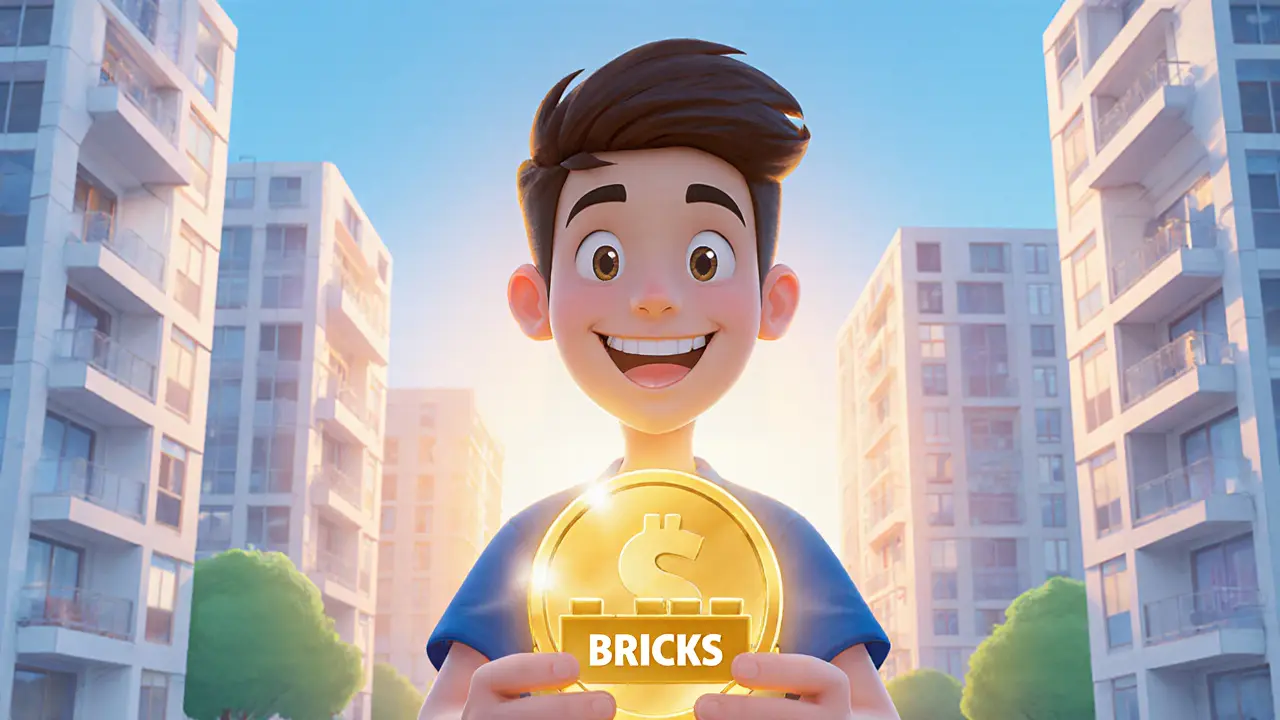BRICKS Token: What It Is and Why It Matters
When exploring BRICKS token, a blockchain utility token built for NFT brick marketplaces and gamified DeFi rewards, you quickly see that it bridges digital collectibles and real‑world finance. The token acts as the medium of exchange for buying, selling, and upgrading virtual bricks, while also powering staking pools that hand out yield. In short, BRICKS token ties together collectibles, liquidity, and community incentives, making it a unique piece of the crypto puzzle.
Tokenomics: Supply, Distribution, and Utility
The tokenomics, the supply schedule, allocation plan, and built‑in utility features of a crypto asset of BRICKS token are designed to keep value stable while rewarding active participants. Total supply caps at 100 million, with 40% reserved for ecosystem rewards, 20% for early backers, 15% for a community airdrop, 15% for liquidity provisioning, and 10% for the development fund. A quarterly burn mechanism removes 2% of circulating tokens, helping to counter inflation. Because tokenomics defines how rewards flow, it directly shapes the staking yields and the price impact of each airdrop round.
Speaking of airdrops, the airdrop, a free token distribution event aimed at boosting community adoption and liquidity has become a regular feature for BRICKS. Eligibility usually hinges on holding a minimum of 500 BRICKS in a compatible wallet or completing specific community tasks like sharing promotional content. Distributions are executed via smart contracts that verify on‑chain snapshots, ensuring fairness and transparency. The airdrop’s size is tied to the tokenomics reserve, so each round reduces the pool available for future ecosystem rewards.
To turn airdropped or purchased BRICKS into tradable assets, the token lists on several decentralized exchanges, non‑custodial platforms where users swap tokens directly from their wallets. On DEXes like Uniswap, PancakeSwap, and SushiSwap, liquidity providers earn a slice of swap fees, which in turn fuels the staking rewards pool. Because DEXes operate without intermediaries, price discovery for BRICKS stays real‑time and reflects genuine market demand. Moreover, the token’s smart‑contract code complies with ERC‑20 standards, making integration with any DEX that supports the standard a breeze.
Holding BRICKS safely requires a smart contract wallet, an advanced wallet that runs programmable contracts for features like gasless transactions and social recovery. Wallets such as MetaMask, Trust Wallet, and the newer ERC‑4337‑compatible Argent let users interact with BRICKS without exposing private keys to centralized services. These wallets also support batch transactions, which is handy when claiming airdrops or staking multiple tokens at once. By using a smart contract wallet, users benefit from built‑in security layers while still enjoying the flexibility of on‑chain actions.
Staking BRICKS is straightforward: users lock their tokens in the official staking contract, choose a lock‑up period (ranging from 30 days to 180 days), and start earning a share of the platform’s fee revenue. The longer the lock‑up, the higher the APY, thanks to the tokenomics‑driven reward pool. Because the staking pool draws from both DEX swap fees and a portion of the airdrop reserve, participants see a direct link between market activity and their passive income. This creates a virtuous cycle—more trading boosts fees, which fuels higher staking rewards, which in turn encourages holding.
The BRICKS community is active on Discord and Telegram, where developers drop roadmap updates, announce upcoming airdrops, and share tips on maximizing yields. Governance proposals are voted on using BRICKS, allowing token holders to influence future features such as new brick categories, cross‑chain bridges, or changes to the burn rate. This governance layer turns the token from a mere utility asset into a participatory tool for shaping the ecosystem.
All of these pieces—tokenomics, airdrops, DEX listings, smart‑contract wallets, and community governance—come together to define the BRICKS token experience. Below you’ll find a curated set of articles that dive deeper into each aspect, from step‑by‑step guides on claiming airdrops to detailed analyses of staking returns and exchange comparisons. Explore the collection to get the practical knowledge you need before you add BRICKS to your portfolio.
What is MyBricks ($BRICKS) Crypto Coin? A Simple Guide
Discover what MyBricks ($BRICKS) is, how its token works, how to buy it, and the risks and rewards of this crypto‑real‑estate project.
- 20
- Read More
